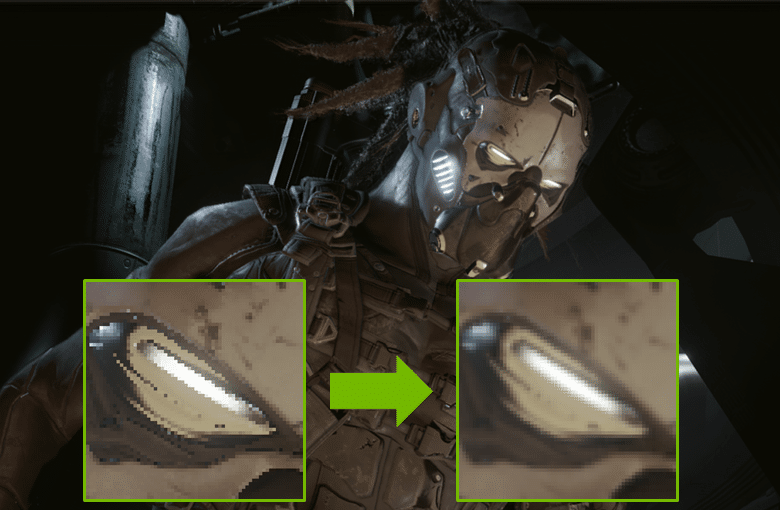For consumer point of view, I guess this would be good for many 3rd world countries with data caps &low speeds.
In first world countries it doesn't matter for mobile users as unlimited& uncapped 3G can be cheap as 5€/month and 50-300mpbs un-capped 4G is 10-20€/month.
And for home users it is usually useless also, when 100/10 cable with no limits for data costs 9.90-19.90/month, it is easy to stream 1080p quality.
For ISP/server farms it could be better, if it doesnt eat too much of computing power.
And places like African&middle-eastern/asian countries with data caps.
Well, at least this is how connections are&cost here at Finland, so I am assuming that most 1st world countries have similar prices&no caps, why would they if place like Finland (in country side there can be only few person/km^2 and too much of willderness to count and 3G at least works maybe 90% of the country) can do it



